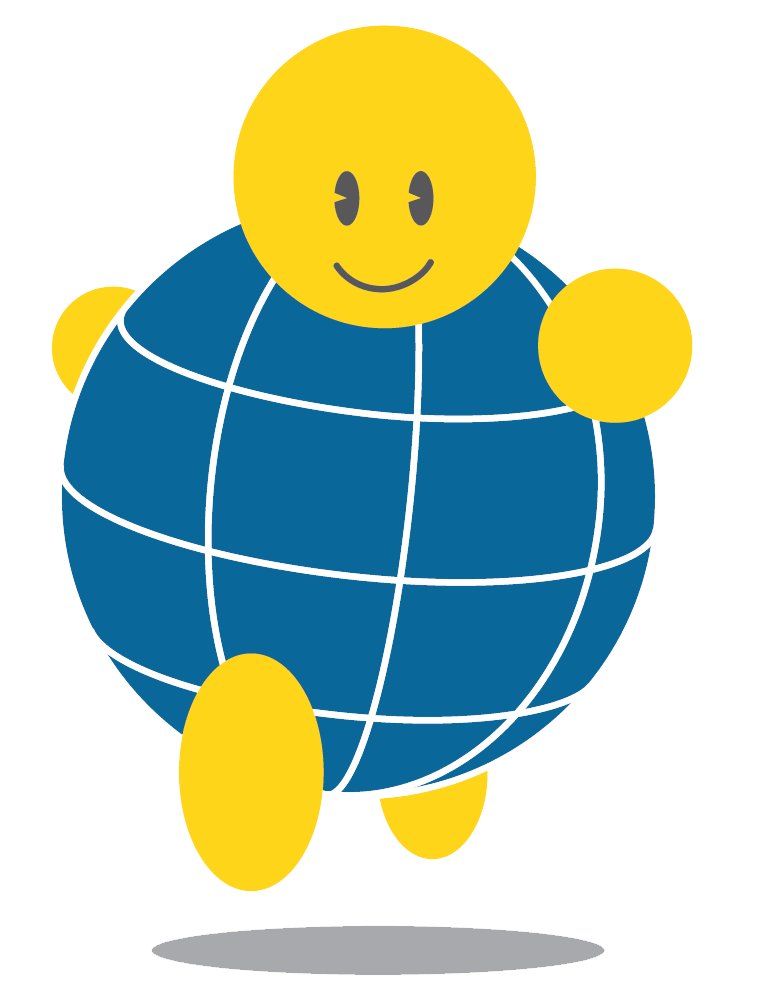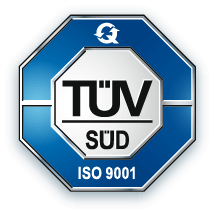Price factors
Language pair / translation direction
Language pair and translation direction are the most important factors for the price of a translation. The translator usually lives in the country where the target language of the translation is spoken. Different living costs and tax burdens in the translator's country of residence will influence the price.
If the language pair contains English as source or target language, the translation is often cheaper than for language pairs with less common languages.
In countries with a small population (e.g. Malta or Norway) there are correspondingly few translators available. This results in a higher price if translation into these languages is required. Accordingly, there are, for example, few native German translators who can translate from Norwegian or Maltese.
It is often not possible to translate into exotic languages directly from the source language (example: German -> Lao) because no qualified translators are available. A translation into English is then made and then translated from English into the target language. This leads to correspondingly higher prices.
Field / specialty
There are more qualified translators available for the translation of popular specialist areas than for the translation of very specific technical subjects. This has a direct effect on the price of a translation.
Level of difficulty
As the complexity of the text increases, the price of the translation increases. On the one hand because the translation requires more time (e.g. for research) and on the other hand because there is only a correspondingly smaller number of qualified translators available.
For example, it is easier to translate a popular scientific text than the text of a scientific publication for a specialist journal.
Text type
If the translation is required for marketing purposes, for example, the texts may have to be adapted to the needs of the regional and cultural customs in the target country.
When translating a list of terms, the individual terms are usually not in context and require extensive research.
If slogans, proverbs or sayings are to be translated, this requires a creative effort, which must be remunerated accordingly.
Text volume / minimum order quantity / quantity discount
The price depends on the total volume to be translated within a given period of time.
For very small amounts of text (e.g. one sentence or a few lines), we charge a flat rate that takes into account not only the actual costs of the translation, but also the business expenses for bookkeeping and payment transactions.
We grant quantity discounts for large quantities of text to be translated within a standard delivery time.
If, on the other hand, a large volume has to be translated in a very short time and many translators have to work on the project at the same time, the effort required to organize and coordinate the translation processes increases accordingly.
Normally, translations are done in a copy of the original file by overwriting the source text with the target text. If necessary, the source text must first be prepared for translation. This effort is reflected in the price.
File formats such as PowerPoint, Excel, PDF, etc. may lead to additional processing work, because text formatting as well as available width and line breaks or sizes of text fields have to be adjusted. In some cases it may be necessary to process documents with OCR in preparation for translation. All these factors are included in the price of the translation.
If there are special requirements regarding the formatting of the text - for example, if the translation of a PDF document is to be formatted in the same way as the source document – more time must be calculated for this.
The effort required for the technical preparation of texts in a software program code for translation can be considerable. If necessary, we develop specially adapted filters to separate the program code from the text to be translated and then insert the translation in the correct place.
Redundancies / repetitions
Repetitions in the text can have a cost-reducing effect. This refers to text segments that are completely or partially redundant within one or more documents. An example of this are safety instructions in user manuals, which are the same for each product of a group of products. However, repetitions of individual words are not taken into account.
Translation requirements
Translations that are only required for internal use by our customers are generally subject to lower requirements than translations that are intended for publication and therefore have to go through more correction phases. Translations for internal use are therefore generally cheaper.
Delivery time
We translate 1 to 3 pages of text into any language within 24 to 48 hours.
For multilingual projects, the respective translations start in parallel. All translations are completed at the same time and are delivered to the customer on the agreed date.
If larger amounts of text are to be translated in a short time, our online team servers are used, with several linguists translating and proofreading the documents simultaneously.
Request a quote Prices
Less urgent delivery dates have a price-reducing effect. "Less urgent" means that the translator does not have to start translating on the day the order is placed and then work through two nights in order to meet the delivery deadline. 
"Less urgent" translation projects stand out pleasantly from the hectic pace of everyday life in our industry and we are happy to reward this with a competitive price.
If, on the other hand, a large amount of text has to be translated in a short time, the effort required to organize and coordinate the translation processes increases proportionally to the short length of the delivery time, and so does the price.
It may be necessary to form a team of translators whose members are suitably qualified for the translation direction and in the relevant specialist field. In the short time available, this requires a precise organization of resources as well as highly qualified project management to coordinate the workflows. The translators' completed sections must be merged and checked for consistency and technical nomenclature.
Translators – like everyone else – attach importance to rest periods. If it is necessary to do a translation at the weekend or on public holidays or if a "night shift" is required, this must be remunerated at a correspondingly higher rate.






